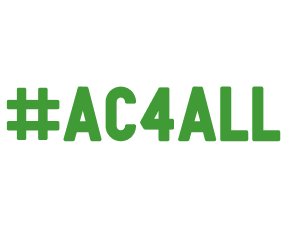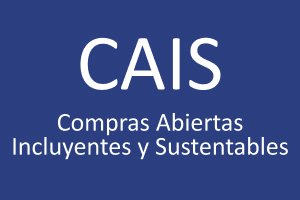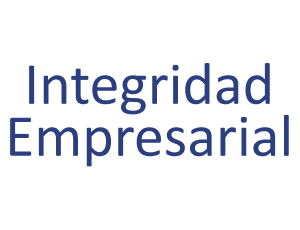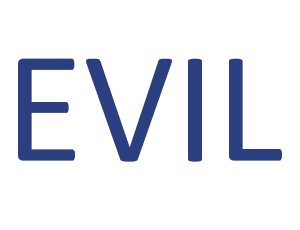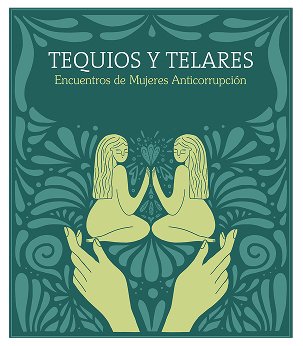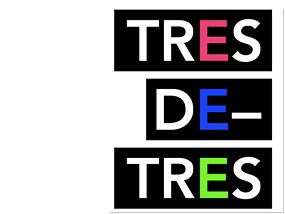- ¿QUIÉNES SOMOS?
- Programas
- Programa de Diagnóstico, Medición y Evaluación de Impacto
- Unidad de Monitoreo de Procesos
- Programa de Convenciones y Mecanismos Internacionales Anticorrupción
- Programa Sectorial en Educación y Rendición de Cuentas
- Programa de Integridad en el Financiamiento Climático (CFIP)
- Programa Editorial
- Iniciativa para el Fortalecimiento de la Institucionalidad de los Programas Sociales (IPRO)
- Programa de Investigación sobre Ciudadanía y Mercados
- BIBLIOTECA
- Comunicados de Prensa
- RENDICIÓN DE CUENTAS
- CONTACTO
Open Up Guide: Using Open Data to Combat Corruption
Open data is digital data that is made available with the technical and legal characteristics necessary for it to be freely used, reused, and redistributed by anyone, anytime, anywhere. It is important to enable open data to be used as a public good to empower citizens and governments to work together to build more prosperous, equitable and just societies. Open data in a good format and easily accessible by citizens could have a significant role in preventing corruption. It could enable citizens to have a voice and make actions by following all the governmental procedures such as financial flows and transactions, public procurement etc. The potential of open data has already been acknowledged by a variety of actors and organizations, including governments and civil society organizations. Due to the greater transparency leading to more accountability and less corruption, Anti-Corruption Open Up Guide has been launched by Transparency International-Mexico, Open Contracting Partnership and the Open Data Charter.
The Open Data Charter was founded in 2015 as a collaboration between governments and experts who came together and agreed six principles for how governments should be publishing information:
- Open by Default
- Timely and Comprehensive
- Accessible and Usable
- Comparable and Interoperable
- For Improved Governance and Citizen Engagement
- For Inclusive Development and Innovation
The Open Up Guide is intended to be a starting point for a structured dialogue among different actors – governments, civil society organizations, international organizations, investigative journalists, business associations, small and medium enterprises, entrepreneurs– on the use of open data for preventing, detecting, investigating and sanctioning corruption.
The Anti-Corruption Open Up Guide includes: A short overview on how open data can be used to combat corruption; Use cases and methodologies – a series of case studies highlighting existing and future approaches to the use of open data in the anti-corruption field; 30 priority datasets and the key attributes needed so that they can talk to each other. To address corruption networks it is particularly important that connections can be established and followed across data sets, national borders and different sectors; Data standards describing what should be published, and the technical details of how it should be made available. The report includes some of the relevant standards for anti-corruption work, and highlights the areas where there are currently no standards. All resources are easily accessible and linked to support the delivery of at least one of the six core principles of the open data charter. The Charter’s goal is to embed the culture and practice of openness in governments, empower citizens, government, civil society and private sector organizations to realize the potential of open data for improving people’s lives.
Transparencia Mexicana, along with the Open Contracting Partnership and the Open Data Charter, has developed the Open Up Guide. It builds on the work in this area already done by the G20’s anti-corruption working group, Transparency International and the Web Foundation. It’s been designed as a practical tool for governments who want to use open data to fight corruption. The Charter team is in early conversations with the Government of Mexico about developing a methodology to road test the guide and ground this work to address real life challenges.
The guide aims to connect open data with anticorruption in order to detonate the potential of open data in the prevention, detection, investigation, and sanction of corruption. Prevention involves actions, mechanisms and tools that reduce corruption risks, or increase the costs of corruption in ways that deter corrupt activity. Open data can be used in prevention across a range of sectors. In order to detect corruption, structured open datasets could make auditing of spending transactions by governments more effective – large-scale analysis can be carried out on a rolling basis. Furthermore, there are a number of advantages to the use of open data as part of anti-corruption investigations, whether carried out by journalists, or by auditors and law enforcement. Open datasets are available across national borders: meaning that citizens, journalists or officials in one country can draw upon data from another easily – and without having to go through various administrative processes to access information.
The Open Up Guide contains 30 key databases that every government should make available or provide in open data format so that can be used to fight corruption and the key attributes needed so that they can talk to each other. To address corruption networks it is particularly important that connections can be established and followed across data sets, national borders and different sectors. The Guide includes the following on each datasets:
- What type of database it is,
- What type of information it holds,
- What stage of the corruption cycle it’s useful for,
- What other datasets are relevant,
- Links to examples of the data set,
- Potential standards to help develop the dataset, and
- What are the key attributes that are needed in order to link the datasets together.
Corruption has a devastating impact on the lives of people around the world. When money that should be spent on schools, hospitals and other government services ends up in the hands of dishonest officials, everyone suffers.Preventing or identifying corruption requires sophisticated and effective tools such as open data. The Open Up Guide, developed by Transparencia Mexicana, Open Contracting Partnership and the Open Data Charter seeks to connect open data with anti-corruption and in this way to prevent it. However, even if transparency has an important role in challenging corruption, disclosing data is not equal to reduced corruption. Open data can only help to take down the corruption networks, if government secure its availability and all stakeholders put open data to use as a practical tool.





